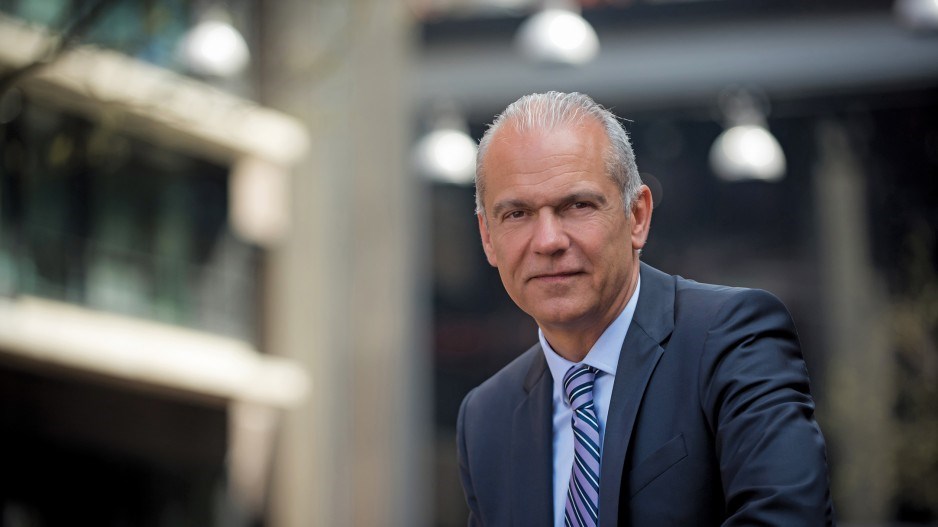The Canada Green Building Council (CaGBC) has created a joint venture with Green Business Certification Inc. (GBCI) to create Green Business Certification Inc. Canada, a new organization that will focus solely on project certification and professional credentialing of green buildings and businesses.
The new program will be in charge of the Leadership in Energy and Environmental Design (LEED) program, a building rating system for improving the efficiency of water and energy use in buildings.
LEED certification was previously offered through CaGBC.
Thomas Mueller, CaGBC president and CEO, said it was better to have a separate organization in charge of LEED certification.
“We decided that it’s a better way to dedicate an organization to doing the certification reviews and awarding the certification under our leadership.”
New standards and certifications that GBCI Canada will oversee include a zero-carbon building standard, which will be introduced in September.
“The zero-carbon part is the next frontier in green building,” Mueller said. “We really need to look at how we can construct buildings that don’t produce any carbon.”
He added that factors that make green buildings environmentally friendly often vary but are primarily rooted in the use of recycled materials or cement that has a lower carbon footprint used in construction, and water and energy efficiency.
“Generally, one-third of greenhouse gas emissions come from buildings and homes,” said Mueller. “When you look at the city of Vancouver, [about] 54% of the carbon emissions in the city come from buildings and homes.”
Mueller said there would be no way to reduce greenhouse gas emissions and address environmental goals without dealing with the building sector.
Green buildings and green technology are not new, but Mueller said green building awareness has grown over the last few years because more companies across Canada are realizing the economic and environmental benefits provided through green buildings.
Those benefits include better return on investment when companies invest in energy-efficient technology in their buildings and healthier employees if they work in buildings with green amenities. The demand to create and upgrade buildings is consequently growing.
Vancouver-based Kiko Water Systems is among a growing number of companies that help buildings go green.
Its product, which recently won CaGBC’s Product of the Year award, is a cartridge that is installed in a building’s water-based heating, ventilation and air conditioning (HVAC) system to lower the heat capacity of water to increase energy efficiency and reduce carbon emissions. The Kiko cartridges can reduce HVAC energy consumption by between 10% and 30%.
For Vancouver, green building construction and technology are part of its goal of becoming the world’s greenest city by 2020. The green economy is the fastest-growing sector of the economy in Vancouver, according to Sean Pander, the city’s green building manager.
He said Vancouver is a leader among North American cities in green building businesses and technology.
Its updated green building policy requires developers of new buildings that are seeking additional density to adopt limits on greenhouse gas emissions and energy use. It also sets a maximum allowable amount of heat loss for different types of buildings and requires buildings to use low-emitting materials to maximize air quality.
Many green buildings in Vancouver aspire to LEED certification, but some are also aiming to achieve Europe’s passive-house standard, which can cut a building’s energy use by 90%.
“A lot of what we envision in the future [is] we’re going to see a lot more passive-house development in the city,” said Pander. “The future is moving away from a dependence on technology and moving toward good building design and construction that minimizes heat loss.”




